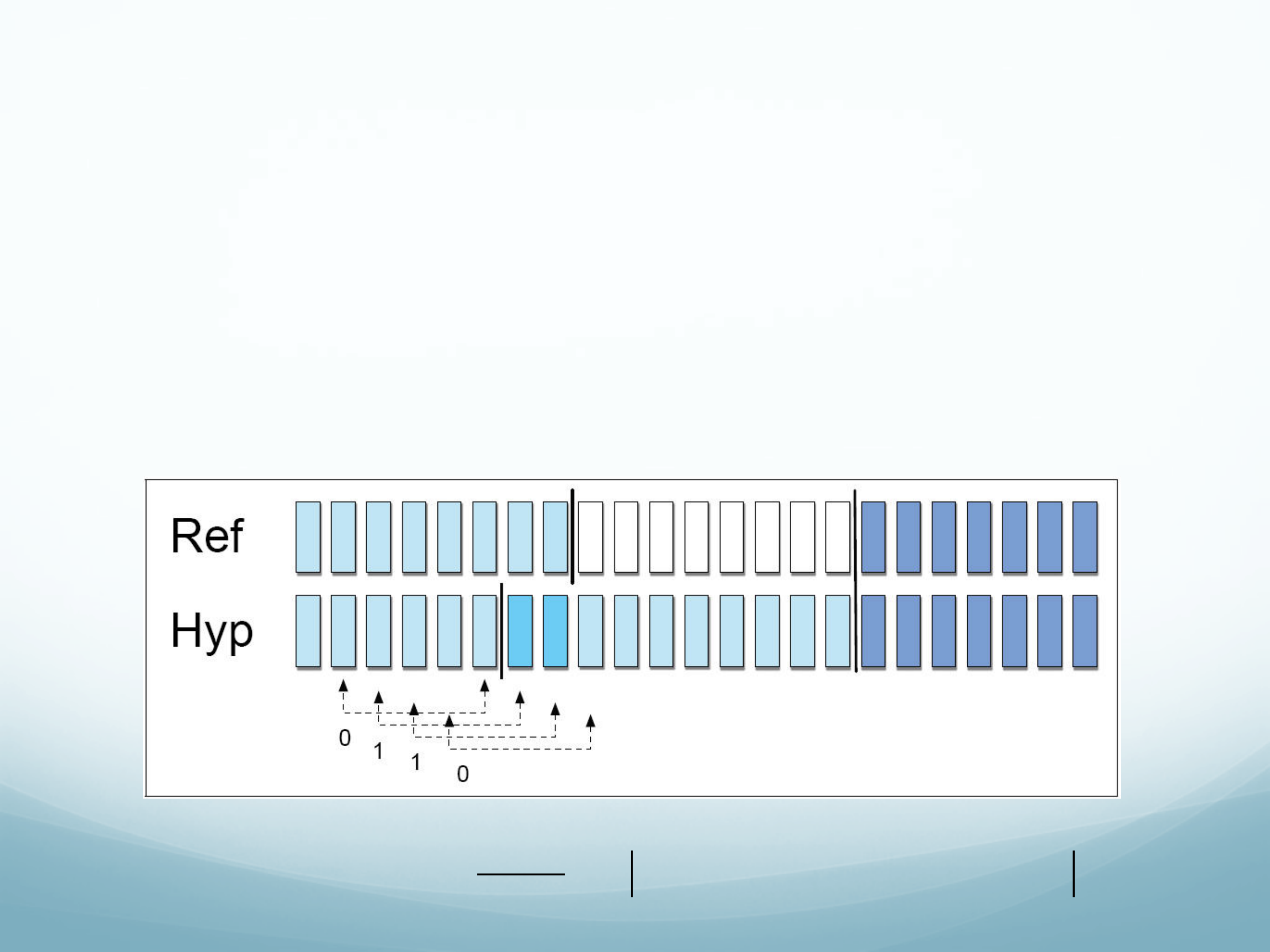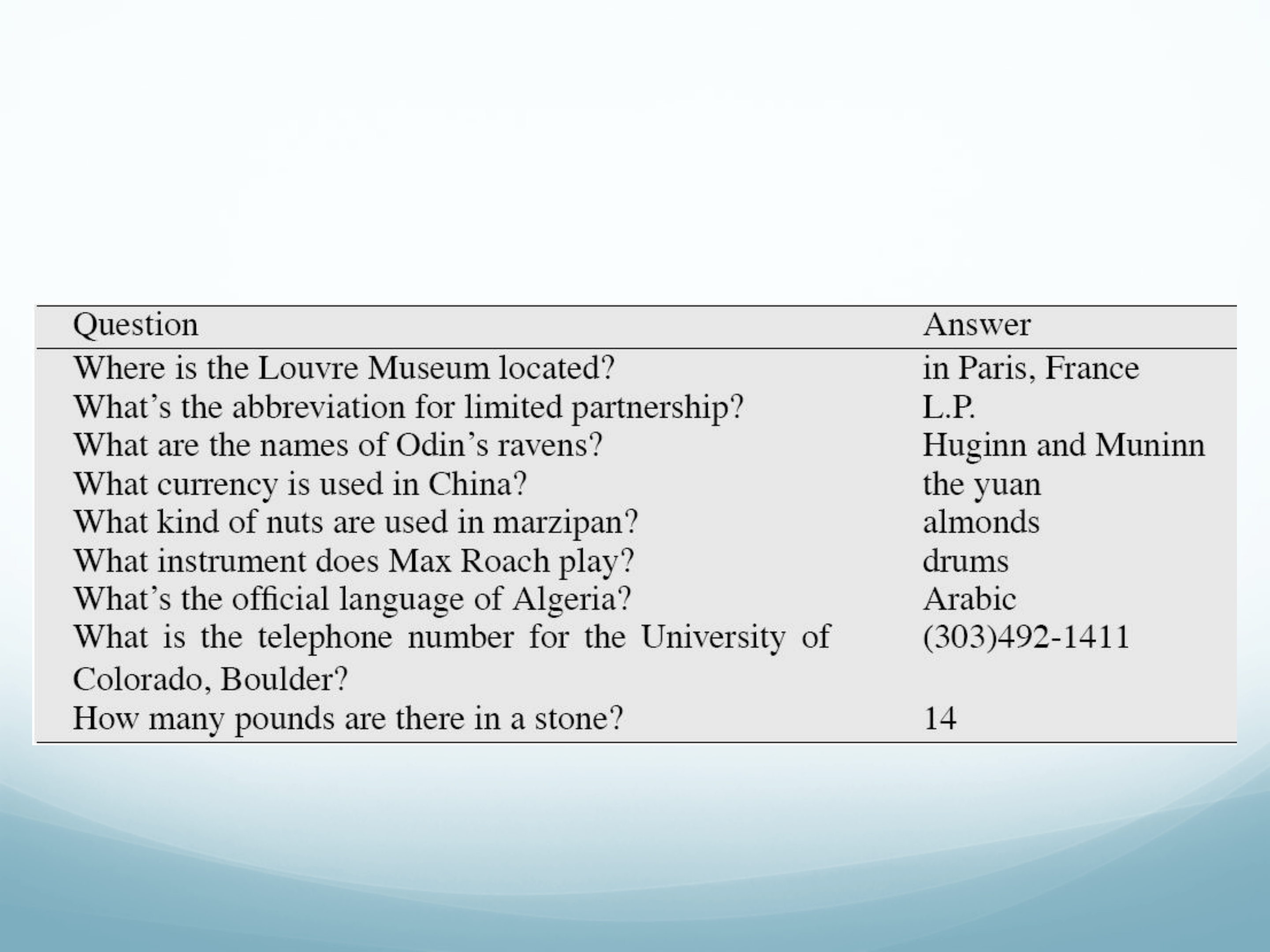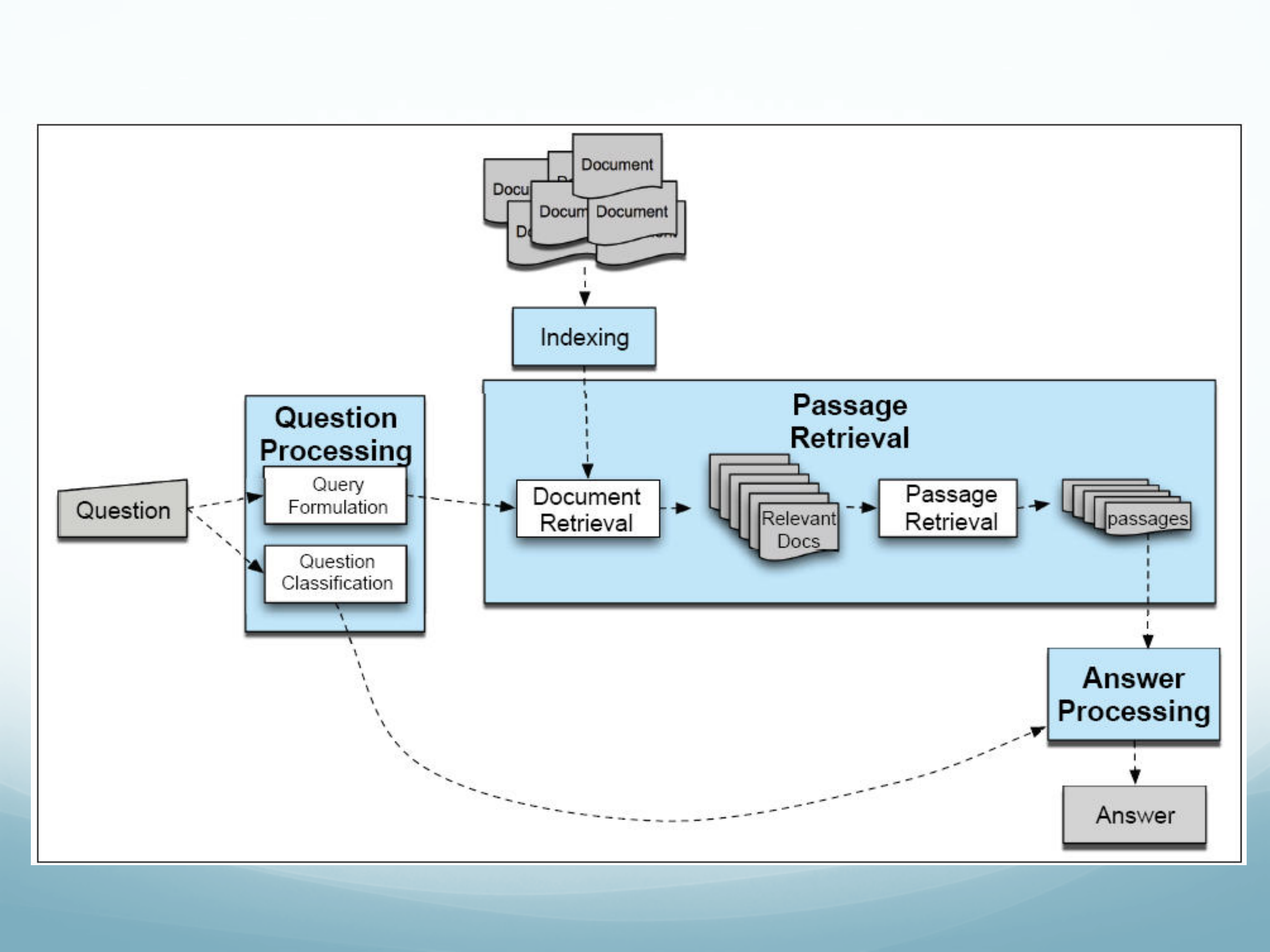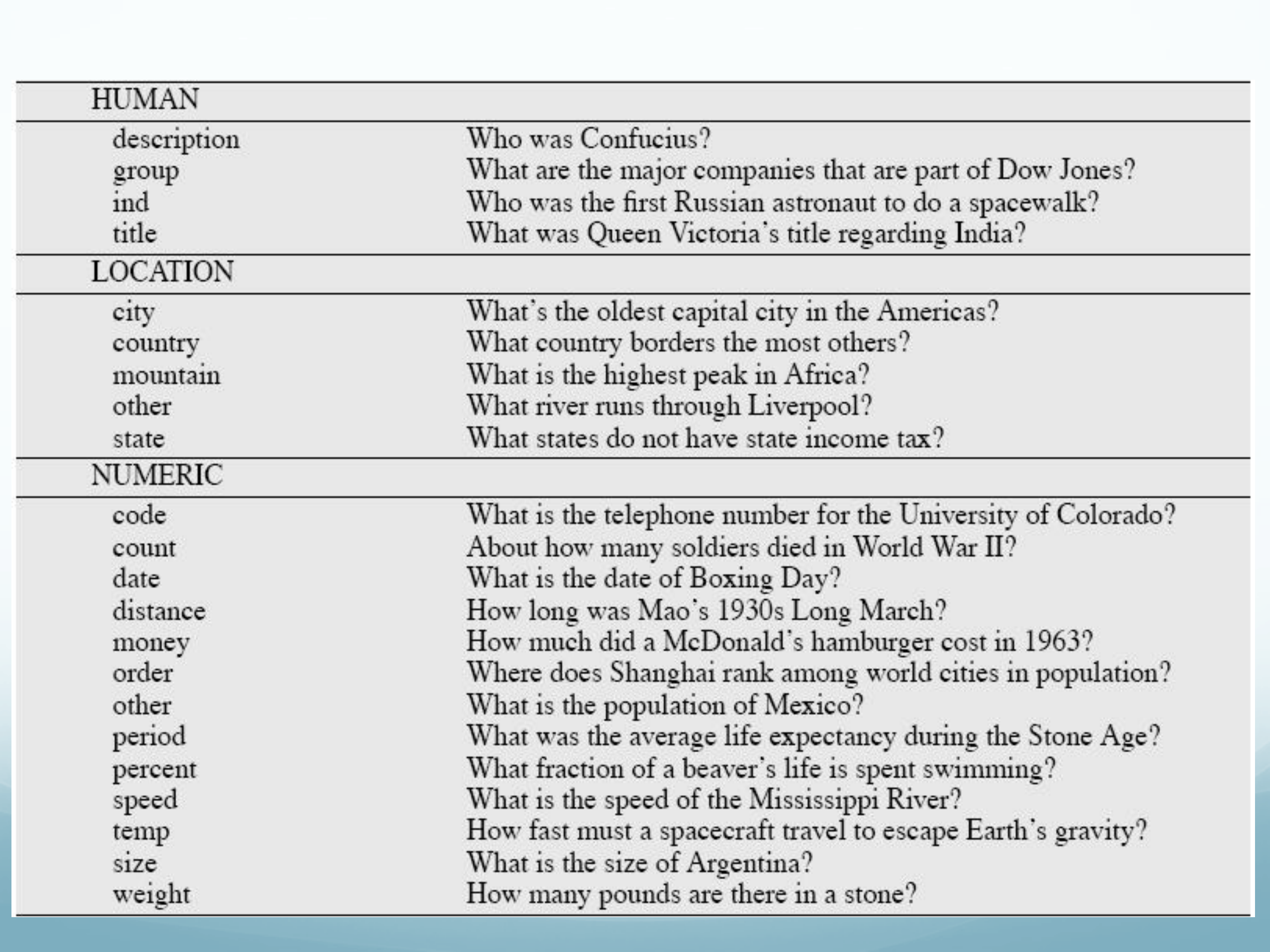Identifies local relspenn discourse treebank pdtb prasad
TextTiling Segmentation Depth score:
Difference between position and adjacent peaks E.g., (ya1-ya2)+(ya3-ya2)


Evaluation
How about precision/recall/F-measure?
| 1 | N−k | |
|---|---|---|
| ∑ | ||
| = | N − k | ∑ |
| i=1 |

Text Coherence
Cohesion – repetition, etc – does not imply coherence Coherence relations:
Possible meaning relations between utts in discourse
Cohesion – repetition, etc – does not imply coherence
Coherence relations:

Text Coherence
Result: Infer state of S0 cause state in S1
The Tin Woodman was caught in the rain. His joints rusted.Explanation: Infer state in S1 causes state in S0 John hid Bill’s car keys. He was drunk.
Coherence Analysis
S1: John went to the bank to deposit his paycheck.
Coherence Analysis
S1: John went to the bank to deposit his paycheck.
Coherence Analysis
S1: John went to the bank to deposit his paycheck.
Rhetorical Structure Theory
Mann & Thompson (1987)
Assign coherence relations between spans
Create a representation over whole text => parse Discourse structure
RST trees
Fine-grained, hierarchical structure
Clause-based units

Penn Discourse Treebank PDTB (Prasad et al, 2008)
“Theory-neutral” discourse model
No stipulation of overall structure, identifies local rels Two types of annotation:
Explicit: triggered by lexical markers (‘but’) b/t spans Arg2: syntactically bound to discourse connective, ow Arg1
Implicit: Adjacent sentences assumed related
Arg1: first sentence in sequence
Senses/Relations:
Comparison, Contingency, Expansion, Temporal Broken down into finer-grained senses too


Basic Methodology

Identifying Relations
Ambiguity: cue multiple discourse relations
Because: CAUSE/EVIDENCE; But: CONTRAST/CONCESSION Sparsity:
Only 15-25% of relations marked by cues
Discourse structure modeling
Linear topic segmentation, RST or shallow discourse parsing Exploiting shallow and deep language processing


Roadmap
Wrap-up

Why QA?
Grew out of information retrieval community
Who invented surf music?
What are the seven wonders of the world?
Short answer, possibly with supporting context
People ask questions on the web
Web logs:
Which English translation of the bible is used in official Catholic
liturgies? Who invented surf music?
What do search engines do with questions?

Backs off to keyword search
How well does this work?
Increasingly try to answer questions
Especially for wikipedia infobox types of info
The official Bible of the Catholic Church is the Vulgate, the Latin version of the …
The original Catholic Bible in English, pre-dating the King James Version (1611). It was translated from the Latin Vulgate, the Church's official Scripture text, by English
Search Engines & QA What is the total population of the ten largest capitals in the US?
Rank 1 snippet:
The table below lists the largest 50 cities in the United States …..
Search Engines and QA Search for exact question string
“Do I need a visa to go to Japan?”
Result: Exact match on Yahoo! AnswersFind ‘Best Answer’ and return following chunk

Search Engines and QA

Perspectives on QA
Reading comprehension (Hirschman et al, 2000---) Think SAT/GRE
Short text or article (usually middle school level)
Answer questions based on text
Also, ‘machine reading’


Question Answering (a la TREC)
Execute the following steps: Query formulation
Question classification
Passage retrieval
Answer processing
Evaluation


Query Processing
Query reformulation
Convert question to suitable form for IR
E.g. ‘stop structure’ removal:
Delete function words, q-words, even low content verbs Question classification
Answer type recognition
Who
Query reformulation
Convert question to suitable form for IR
E.g. ‘stop structure’ removal:
Delete function words, q-words, even low content verbsQuestion classification
Answer type recognition
Who à Person; What Canadian city à City What is surf music à
Train classifiers to recognize expected answer type Using POS, NE, words, synsets, hyper/hypo-nyms

